Skin Cancer Awareness in the Summer Sun

Melanoma and Skin Cancer Awareness Month.
I am a fair-skinned redhead who loves, LOVES being in the sun. As a teenager, laying out in the sun was very soothing and relaxing to me, but unfortunately, I grew up in the days of slathering on baby oil to attract the sun. Then we got wiser and used a maximum of SPF 4 – still barely anything compared to today’s SPF standards. Let me repeat – I am fair-skinned with freckles. The only way I turn tan is for my freckles to run together.
Given the kind of damage I did to my skin early on, I count myself as very lucky that so far (knock on wood), I haven’t had any skin cancer scares. But since we know that skin damage accumulates and can become cancerous decades later, I now get checked regularly and have several places that the dermatologist is keeping an eye on. It would have been much easier if I’d been better informed and as conscientious when I was younger, but there’s always room for us to change our ways. Since May is Melanoma and Skin Cancer Awareness Month and before we head out into the summer sun, we should all take the opportunity to learn about the different types of skin cancer, possible causes and what to look for.
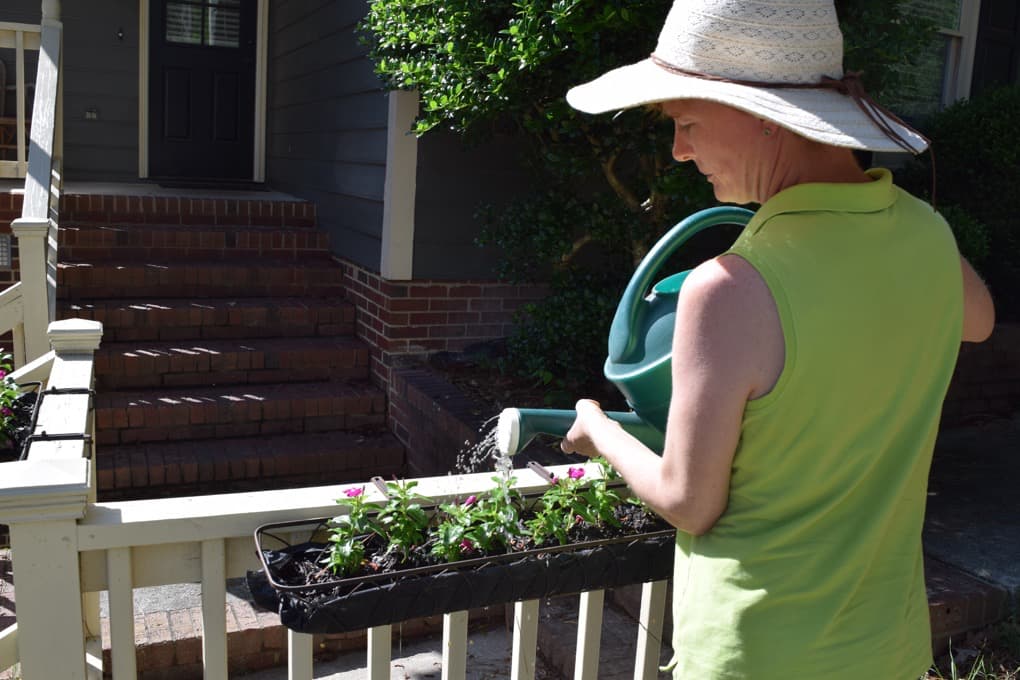
Types of Skin Cancer and Where It Can Occur
The three types of skin cancer are:
- Basal Cell Carcinoma (BCC) – Most common form
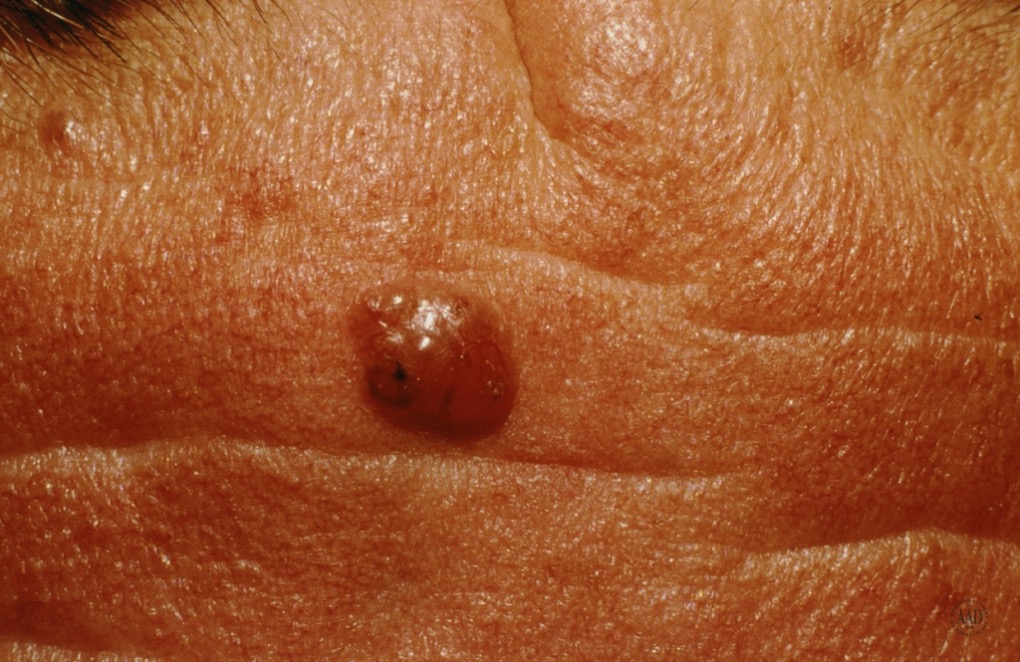
- Squamous Cell Carcinoma (SCC) – Second most common form
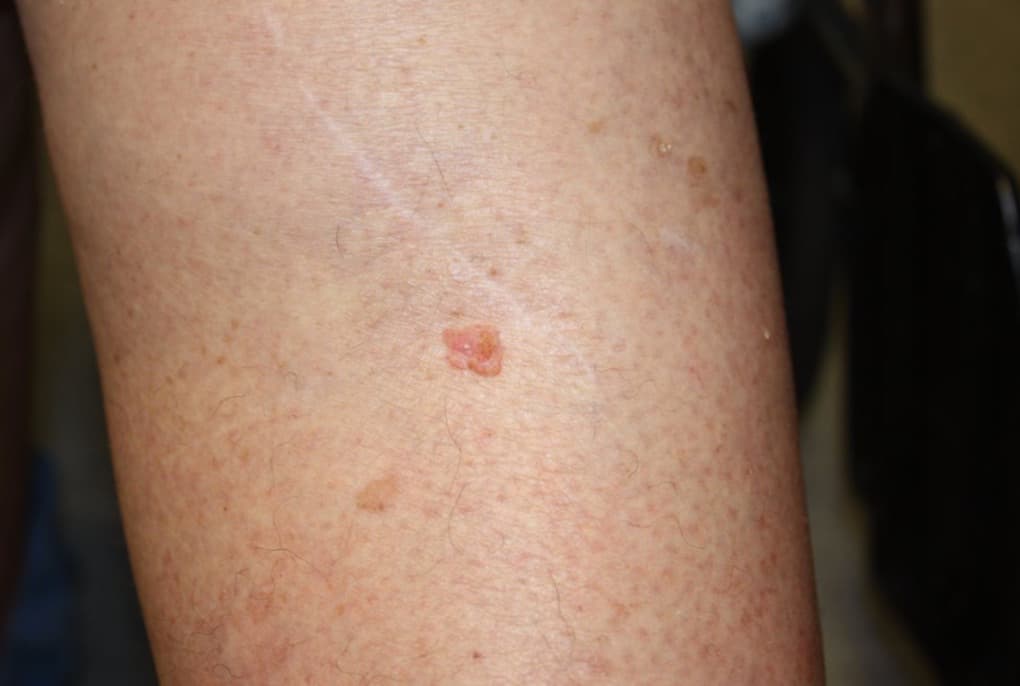
- Melanoma – Deadliest form
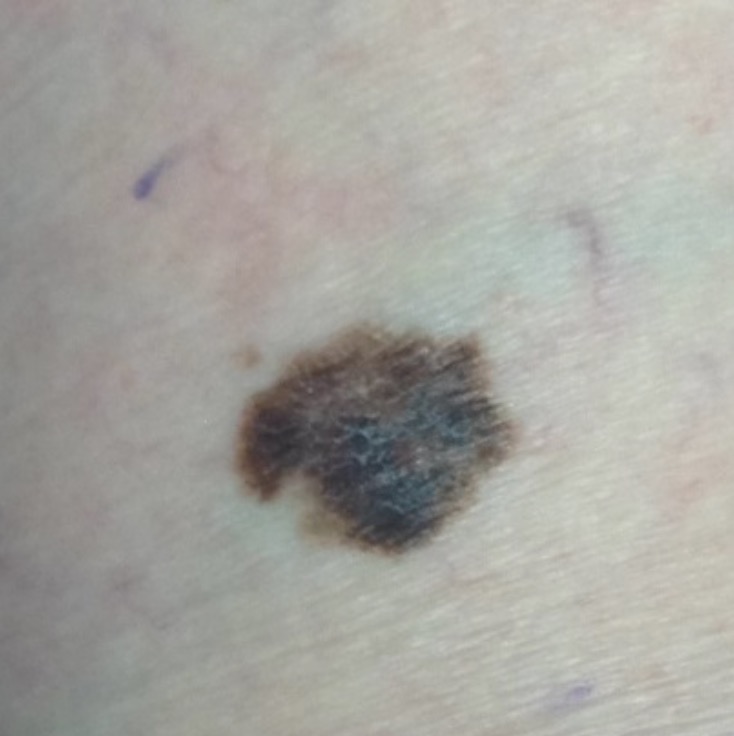
Matthew Enevoldson is the Public Relations Manager for SkinVision, a smart phone-based medical app that looks for early signs of skin cancer. He offers this insight as to where these cancers can occur.
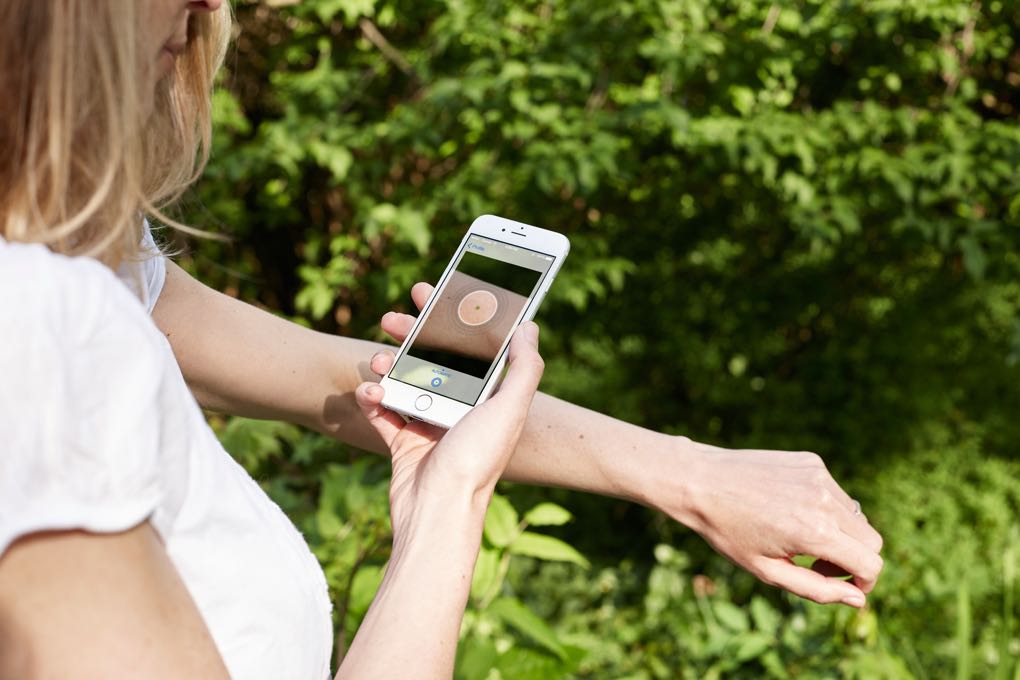
- Basal Cell and Squamous Cell Carcinomas tend to be more on areas that are exposed to the sun such as the head, neck, arms and legs, but they can also show up anywhere.
- Melanoma can appear anywhere, including areas that don’t get a lot of sunlight. The hands and feet are fairly common for this deadliest form of skin cancer, as is the trunk of the body in men. The back and neck are also places where it can appear, which Matthew says is part of the problem because “they’re places people don’t necessarily see. That’s why Melanoma can progress to late stages before people get the treatment they need.”
What to Look For
According to the American Academy of Dermatology, there are five primary things to look for when keeping an eye out for possible areas of concern.
- Asymmetry – Moles or lesions that are not round – where one half isn’t like the other half.
- Border – If you see a border around the mole or lesion, it should be checked out
- Color – If there are different colors within the mole or lesion such as shades of tan, brown, black, white, red or blueish.
- Diameter – Melanomas are usually greater than the size of a pencil eraser but can be smaller.
- Evolution – A mole or lesion that is changing over time.
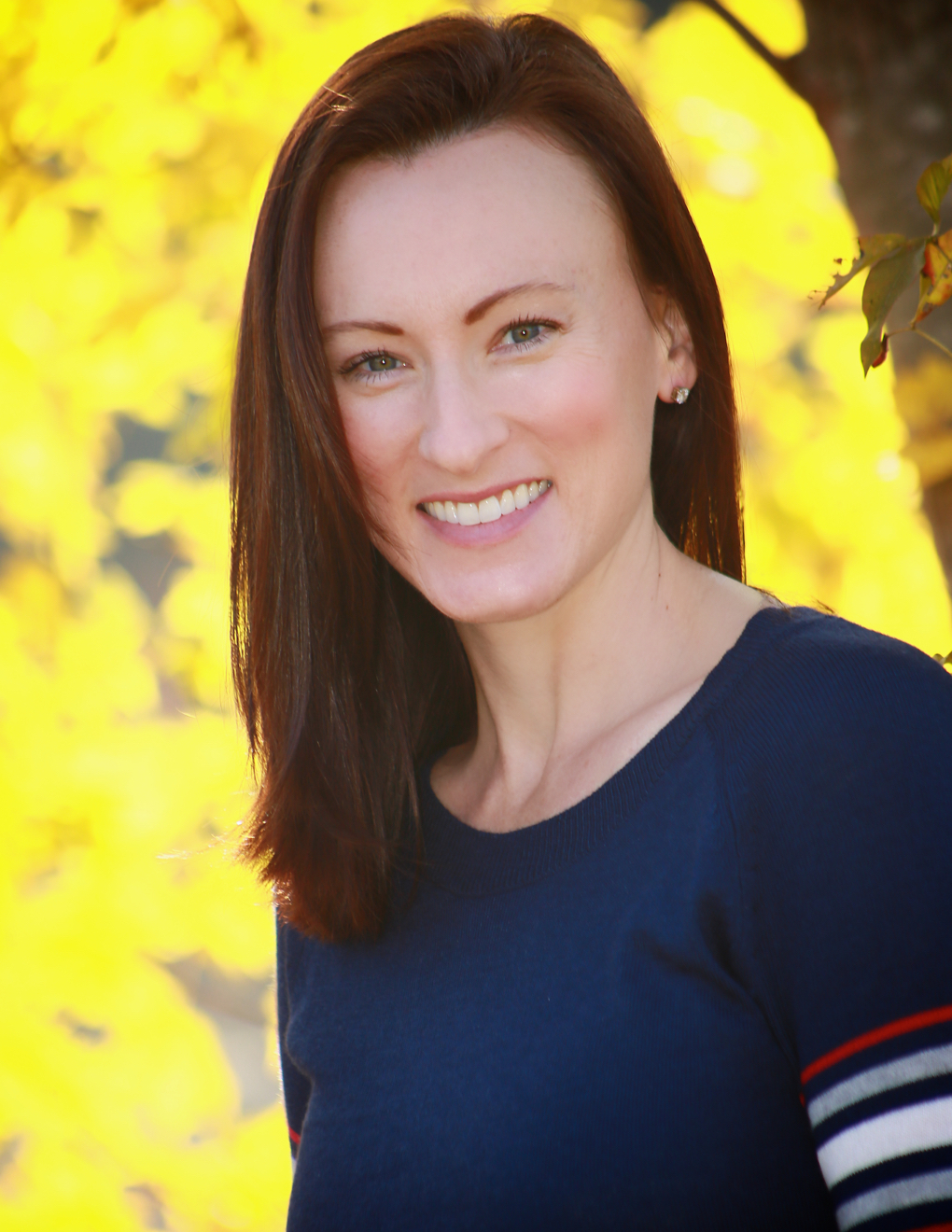
Certified Health Coach Hannah Stoffel also cautions that any lesion, no matter how small, should be checked out immediately if it starts bleeding. She had a recent scare where she had a little spot on her nose that had been there for a long time and hadn’t changed. One night when she was simply washing her face, it broke open and started bleeding. Her dermatologist didn’t want to cause scarring from a biopsy, so he went ahead and treated her as if it was cancer or a pre-cancerous cell. She had to apply a cream to her entire nose every day for two weeks, but because they acted quickly, it seemed to do the job. Hannah says the moral to her story is to either have anything that doesn’t look right checked immediately or at the very least, monitor it closely.

Causes of Skin Cancer
Most of us are well aware by this point that too much exposure to the sun is the primary cause of skin cancer. According to Matthew, that’s especially true of Basal Cell and Squamous Cell Carcinomas, but it can also cause Melanoma as well. He also cautions that cancerous lesions can be found around scars or anywhere you’ve had damage to your skin. Genetics can play a role too, Matthew adds, especially with Melanoma.
Detecting Skin Cancer
The first step in detecting skin cancer is to check yourself frequently. Notice any moles or lesions and use the criteria above to determine whether there are any areas of concern. If there are parts of your body that you can’t see such as your back, the back of your neck or the back of your legs, have someone else check those areas for you. The American Academy of Dermatology has a number of free resources that you can download from their website that show how to check yourself or how to check someone else.
If you have a mole or skin lesion that you’re suspicious of, your best bet is always going to be to make an appointment with a dermatologist. You’ll definitely want to tell them that you have a place that’s concerning you, and they should fit you in fairly quickly. If that doesn’t happen, Hannah strongly recommends finding a new dermatologist.
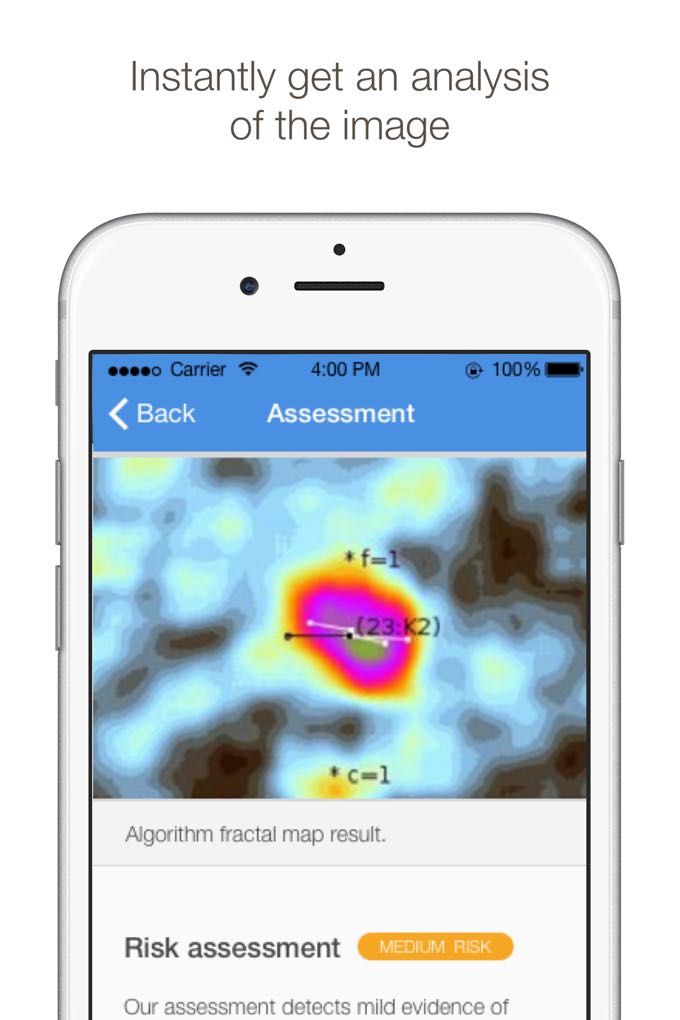
If you live anywhere besides the United States and Canada, you can also check into whether the SkinVision app is available. Matthew says the app is based on a “scientifically validated and clinically validated algorithm.” You take a photo using a camera within the app so that it can make sure every image is the same size and framed exactly the same with the mole or lesion in the middle. The algorithm then compares the image to the 3.5 million photos in the app’s database. These include images it knows have been diagnosed and verified as Basal Cell Carcinoma, Squamous Cell Carcinoma or Melanoma. Within 30 seconds, you receive a risk indication. High risk means that it’s flagged as possibly being cancerous, medium would suggest that it’s something to keep an eye on, and green is safe.
According to Matthew, the images that receive a high-risk rating are automatically sent on for review by a team of dermatologists. Usually within 48 hours, the user will get a message with more information about how serious the area of concern is and how quickly they should move forward in getting it seen.
Matthew says the app is currently going through the FDA approval process in the United States but can be found pretty much anywhere else in the world except Canada. In fact, the company now has 1.2 million users globally. He says the tool is needed because in many countries, both developed and developing, there simply aren’t enough specialized dermatologists. In many cases, for people “To go see their general practitioner, they have to travel two hours there and two hours back. To see a dermatologist, it can be a 10-hour round trip.” For those people, it can save a lot of time and money to know for sure whether there’s something to be concerned about. In fact, it’s such a cost-saving tool that in Europe and New Zealand, SkinVision has partnerships with a number of insurance companies that provide it to their policy holders for free because it can help to bring down the cost of detecting and treating cancer so dramatically. The earlier skin cancer is detected, the less the cost of the treatment and most importantly, Matthew adds, “more lives are saved.”
Saving lives and preventing skin cancer is what Melanoma and Skin Cancer Awareness Month is all about, so take this opportunity to become familiar with what to look for. If you’ve never been to a dermatologist and have had prolonged sun exposure throughout your life, make an appointment whether you have areas of concern or not. This will establish your baseline, alleviate any fears or catch something hopefully early. You can’t live an integrated life if something as important as your skin isn’t healthy, so please take these important steps today.






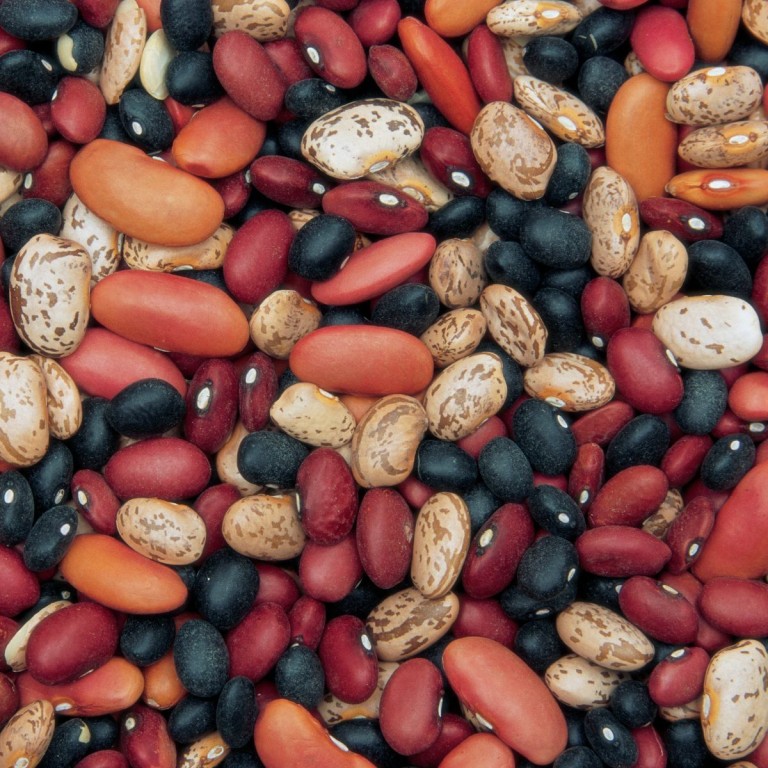
One Comment